A couple of weeks ago, I had the privilege of speaking at Virginia Tech’s annual Civil War weekend. Not being a Civil War scholar, per se, and not wanting to just present a roundup of new acquisitions at Special Collections, however interesting that might be, I decided to talk about one collection, The John C. Watkins Letters, and, perhaps, give a little insight into the kind of window that even a few letters can open onto a life.
The collection consists of 17 letters, 11 of which were written during the war. The first nine were written while Watkins was a private in the 6th Massachusetts Infantry serving in and around Suffolk, Va. in 1862 and ’63. From Lowell, Massachusetts, he was 20 years old when he arrived in Suffolk.
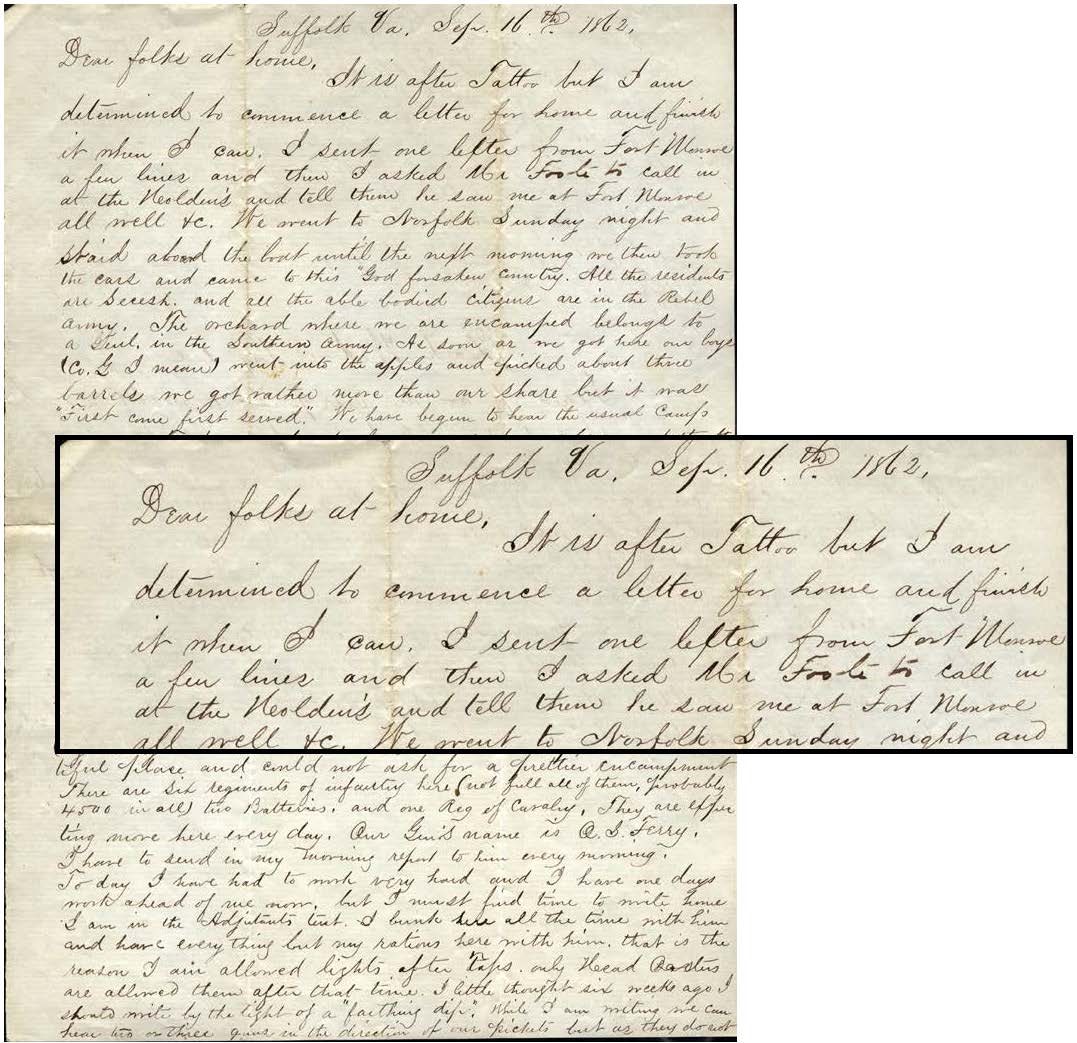
Dear folks at home,
It is after Tattoo but I am determined to commence a letter for home and finish it when I can. . . .
Four more letters were written from Washington, D.C. from 31 March 1864 to 17 April 1866. Two were written from Camp Winfield Scott, Nevada in 1868. One other is from Winnemucca, Nevada, dated 17 January 1870, and though it was not written by John and despite lack of a last page and a signature, we know it was written by his wife. The final letter was written by John, but, again, is a fragment with no date or location specifically indicated, though clues in the letter may suggest a location.
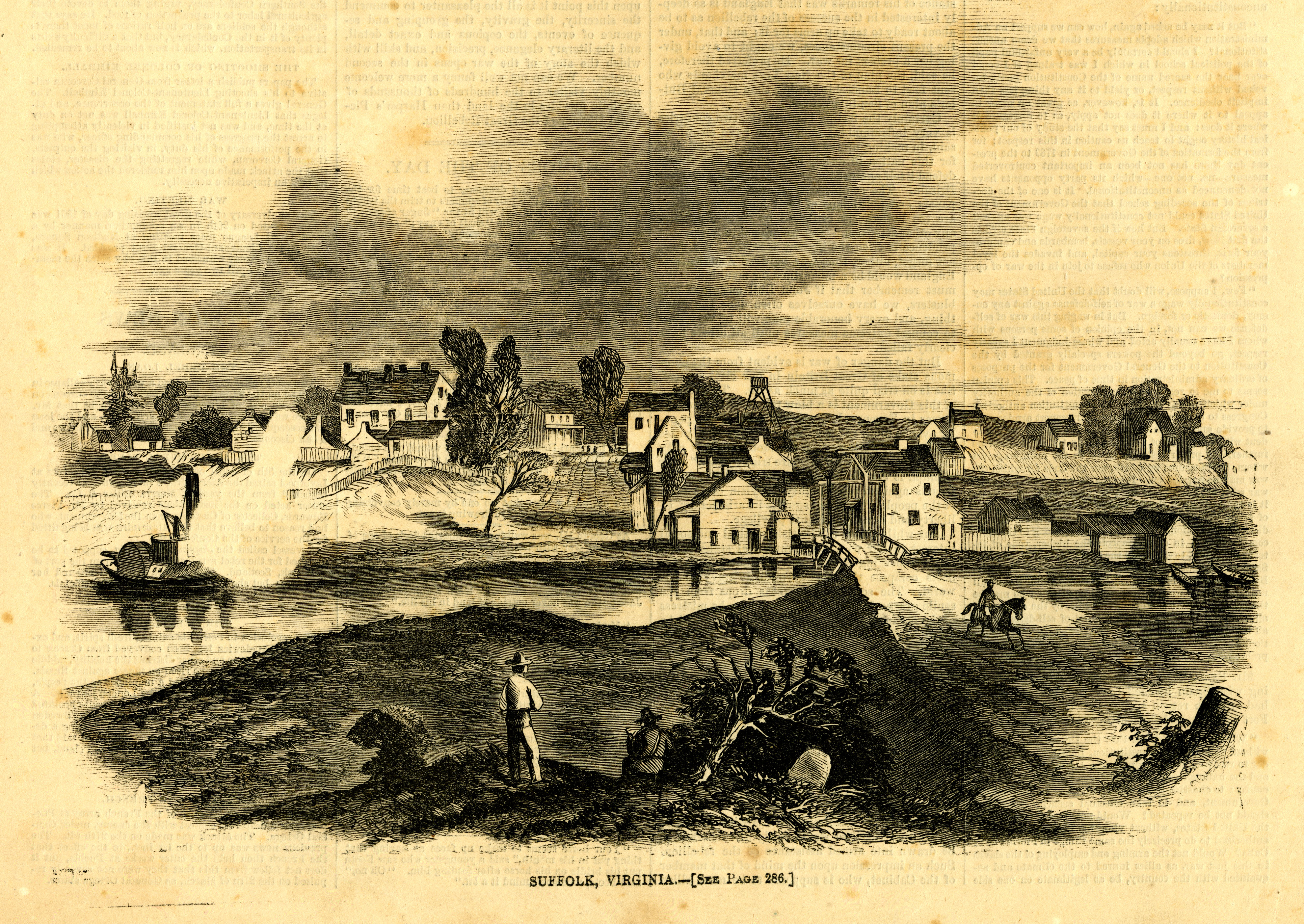
The wartime letters are pretty straightforward in offering terrific detail about camp life and the battle known as the Siege of Suffolk of April and May 1863, as well as the movements and skirmishes that anticipated that action. But the other letters raise questions and often only offer tantalizing hints to their answers. What was Watkins doing in Washington? Or Nevada? Who did he marry? What happened to them after 1870?
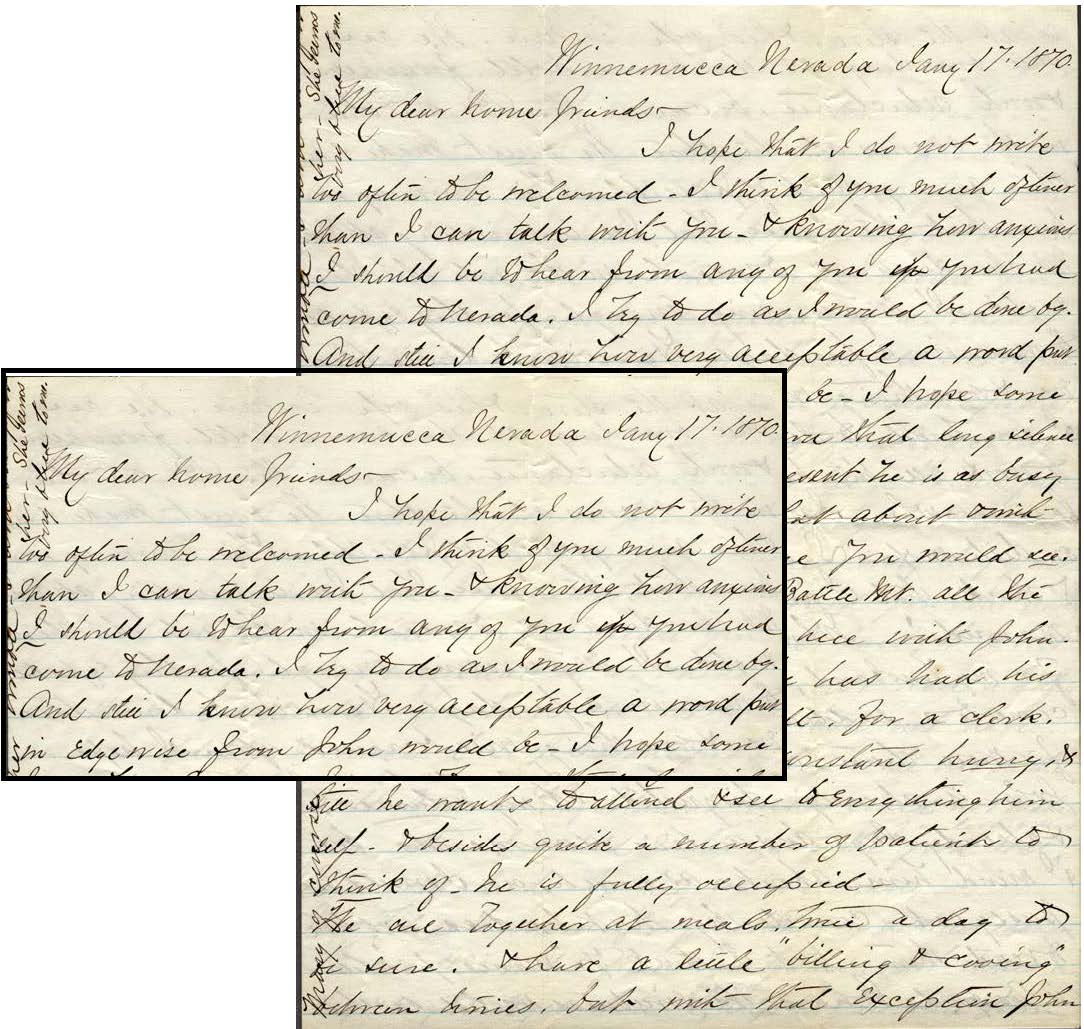
It’s not often that, as an archivist, one has the time to answer these questions. Usually, these questions and more are answered by researchers as the archivist moves on to other responsibilities. In my case, having been intrigued by the clues and the trails and traces of possibilities, I stayed with it, a little at a time. Census records, military records from the National Archives, and Wyoming(!) newspapers, among others, all helped to fill out the story.
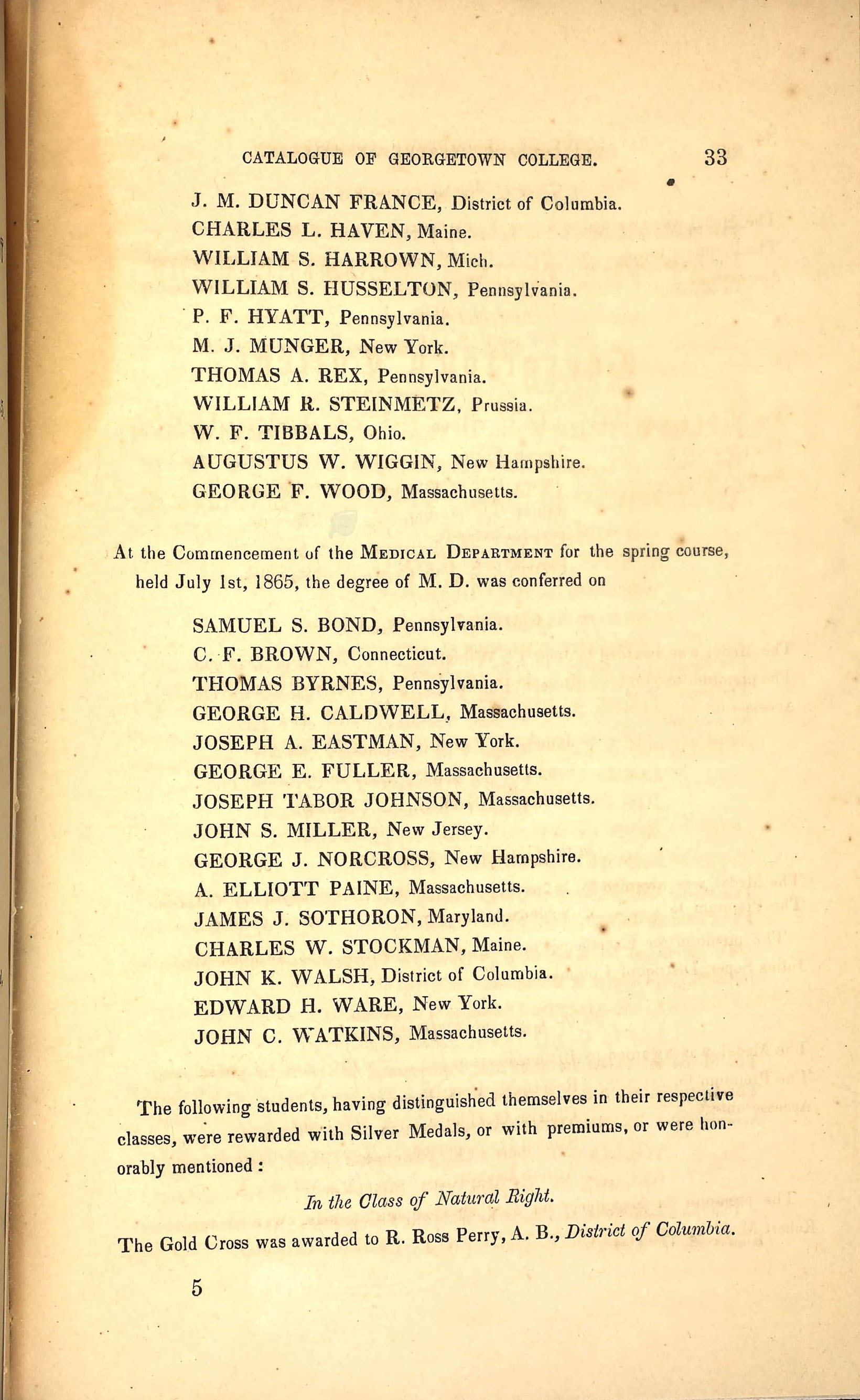

Well, that is just the start of a story that includes an M.D. from Georgetown College, travel to California, the Indian Wars, frontier medicine, Westward Expansion, marriage to Harriet (Hattie) Clark Clary of Deerfield, Ma., a decade as an itinerent physician, an active interest in mining, hired gunfighters and monied interests, the Johnson County Cattle (or Range) Wars . . . a short-lived stint as county coroner, and death. But there is also the backstory of a father named Ruggles who went west for the Gold Rush in 1850 and never returned; as well as the story of a sister, Mary, and wife, Hattie, who met(?) while teaching in one of the first post-war free schools in Richmond, traveled west, first joined and then outlived the brother and husband, and earned the right to be included in a 1927 publication, Women of Wyoming: Including a Short History of Some of the Early Activities of Women of Our State, Together with Biographies of Those Women Who Were Our Early Pioneers as well as of Women Who Have Been Prominent in Public Affairs and in Civil Organizations and Service Work (Casper, Wyo.: C.M. Beach). (You just have to love long subtitles!)
Maybe I’ll write it all up one day. It is a remarkable story.
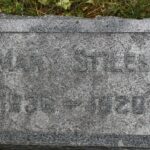
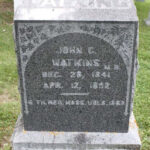
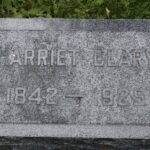
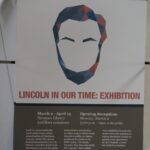

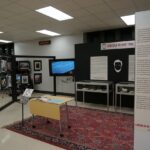
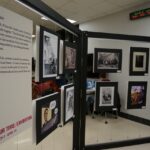
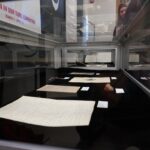
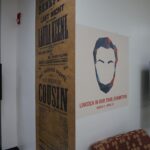
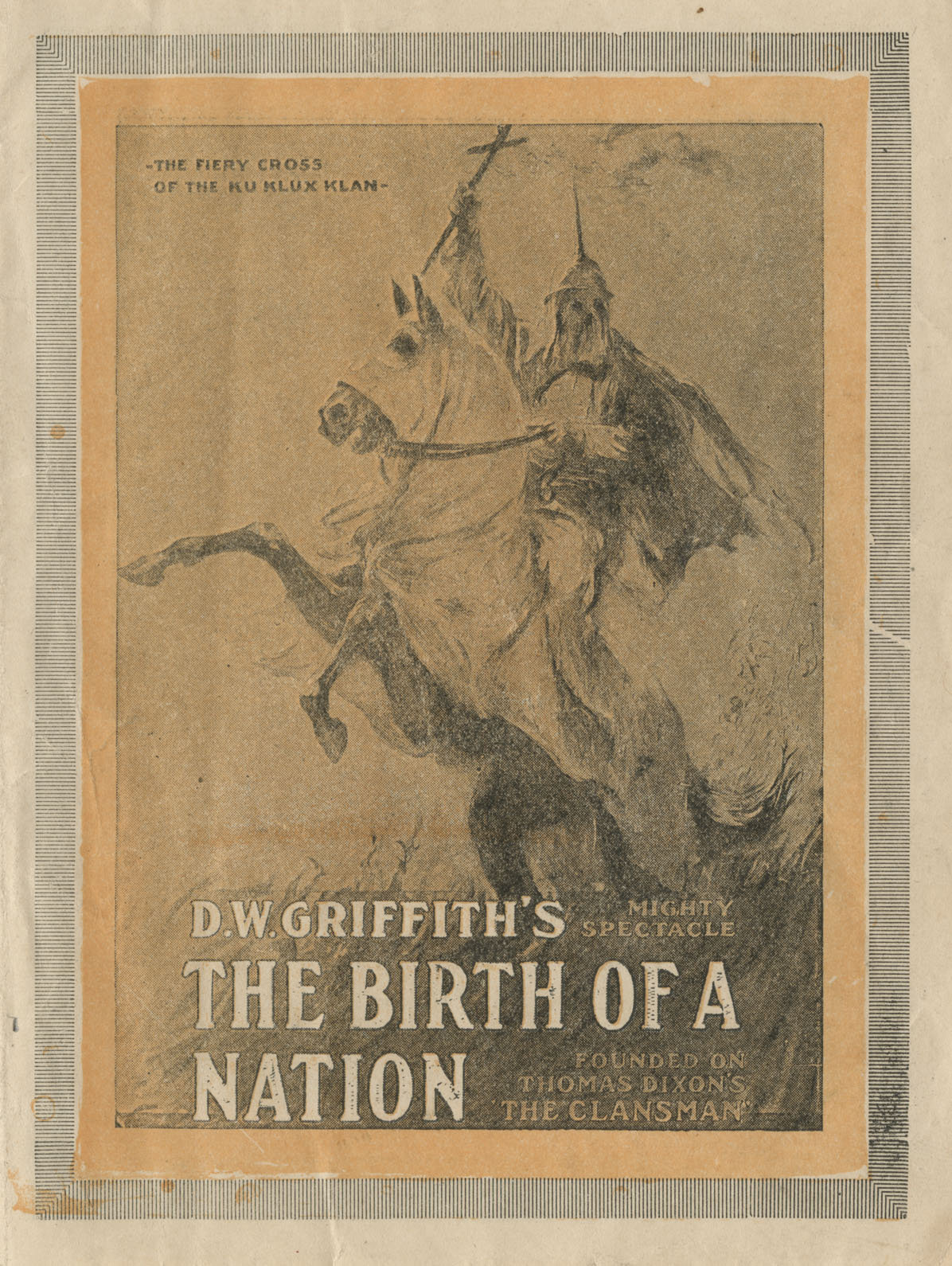
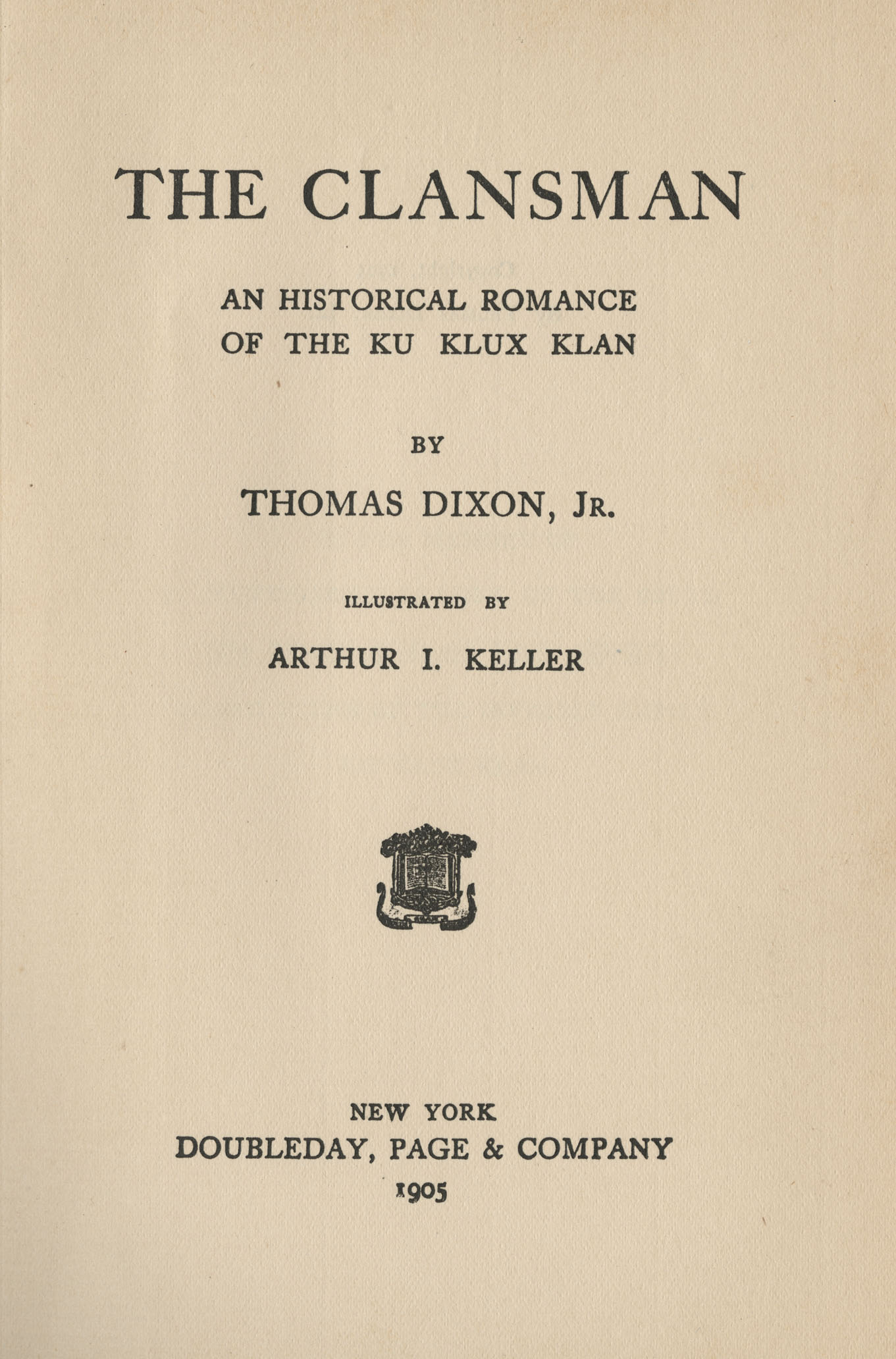
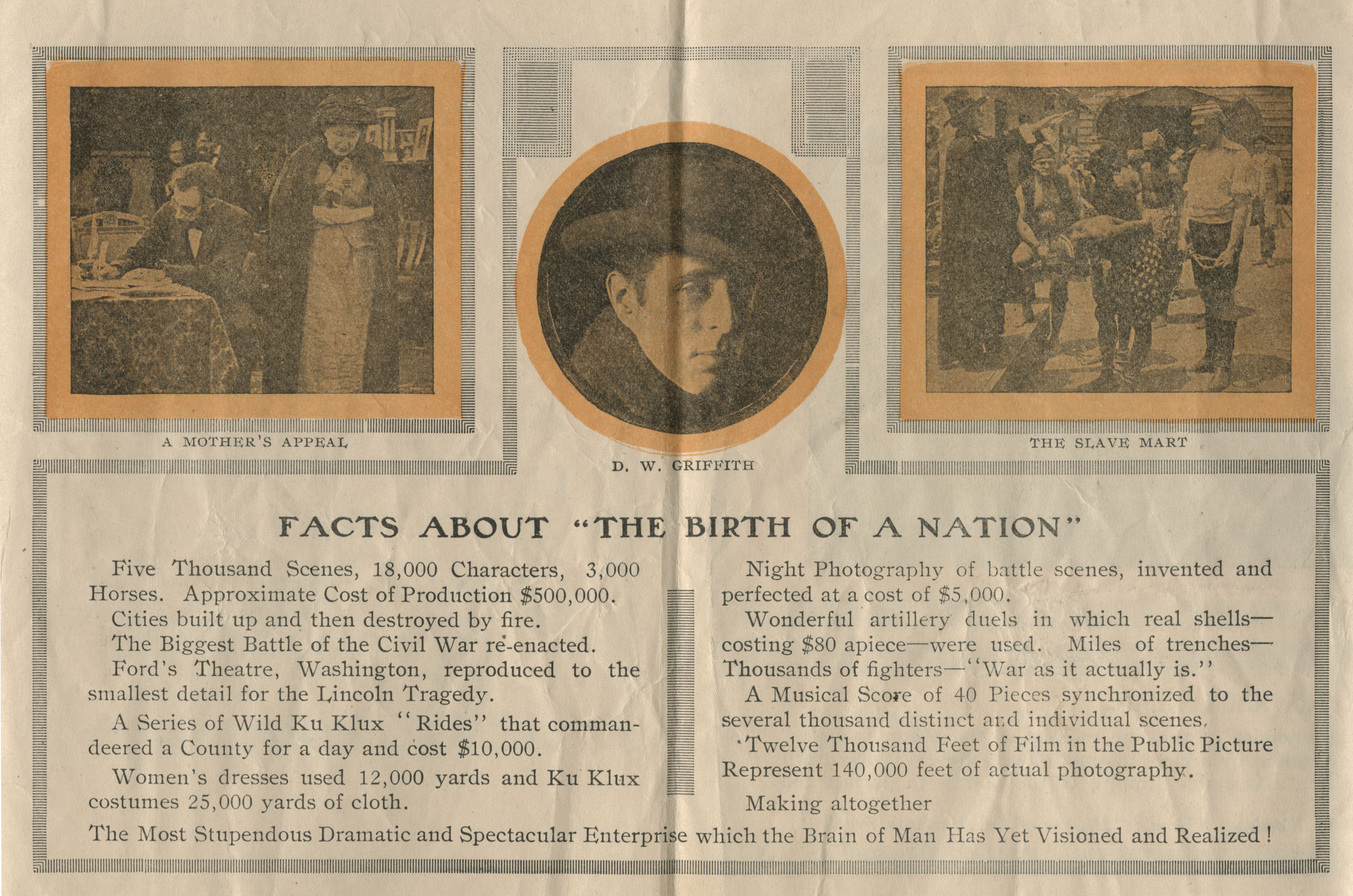
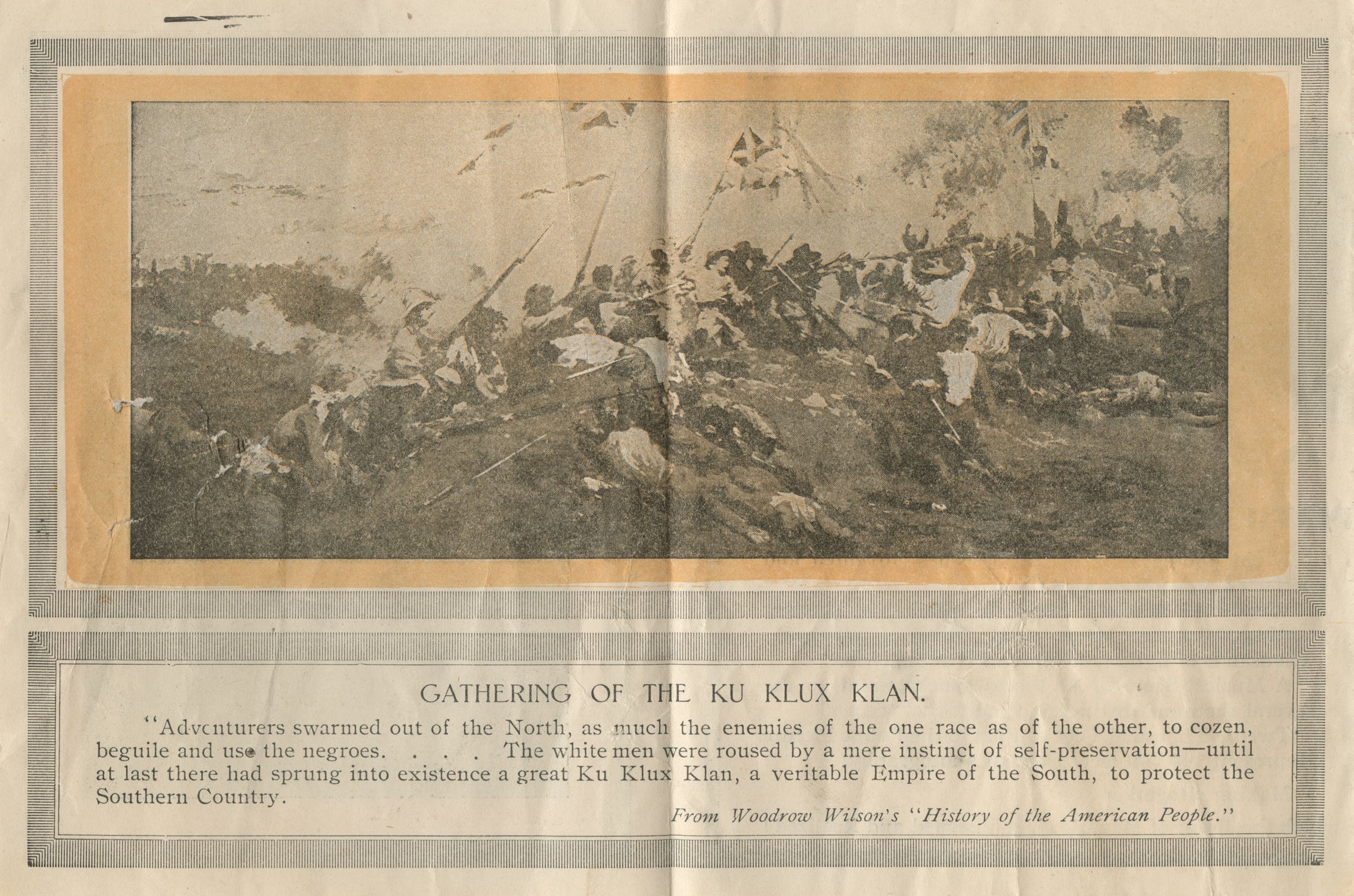
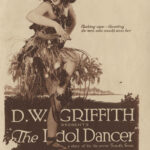
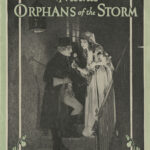
![Letter from Isaac Cox to his wife, June 29, 1862, Taswill [Tazewell] County](https://scuablog.lib.vt.edu/wp-content/uploads/2014/12/ms2012_071-copy.jpg?w=600)

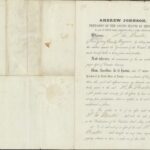
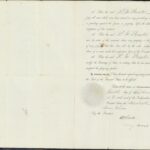
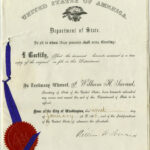
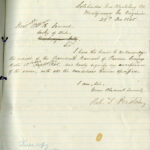
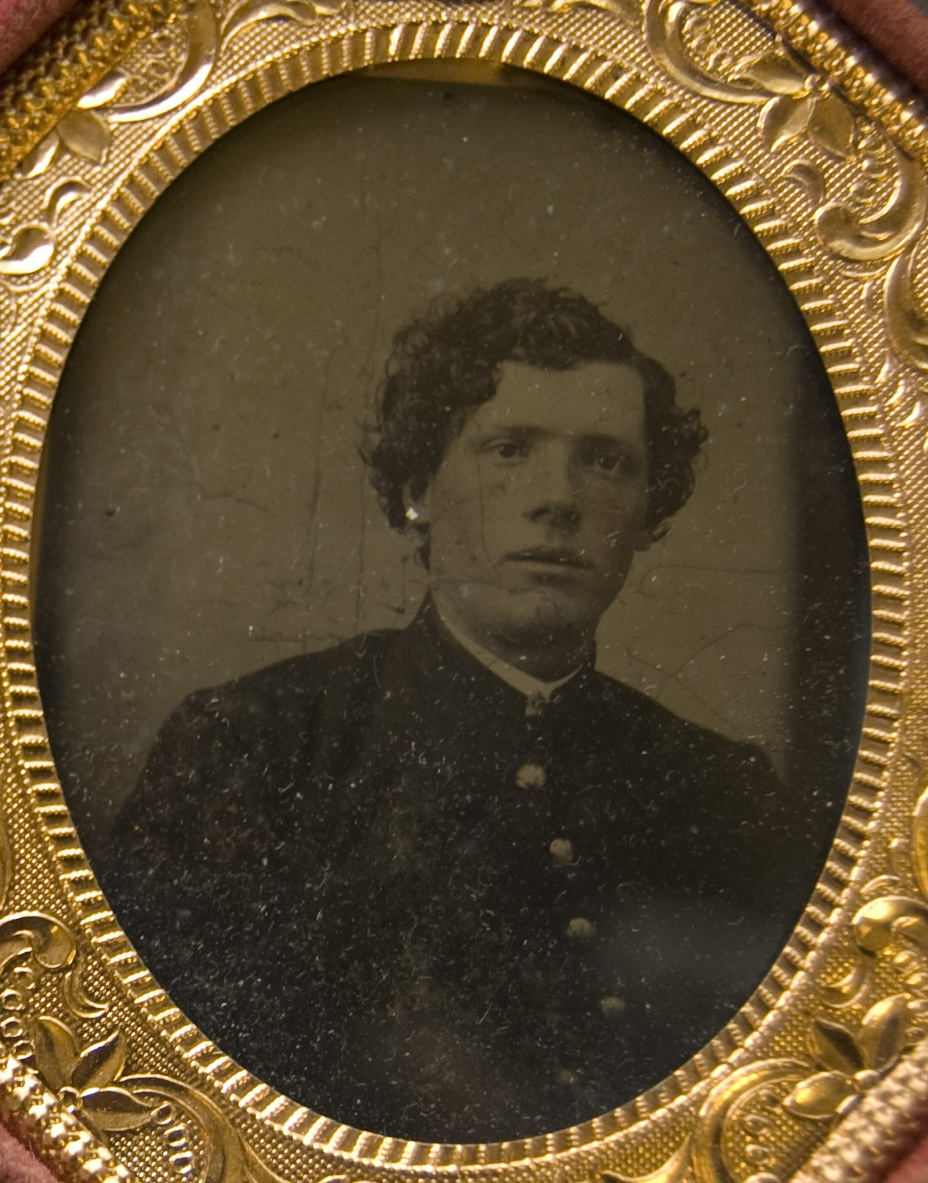
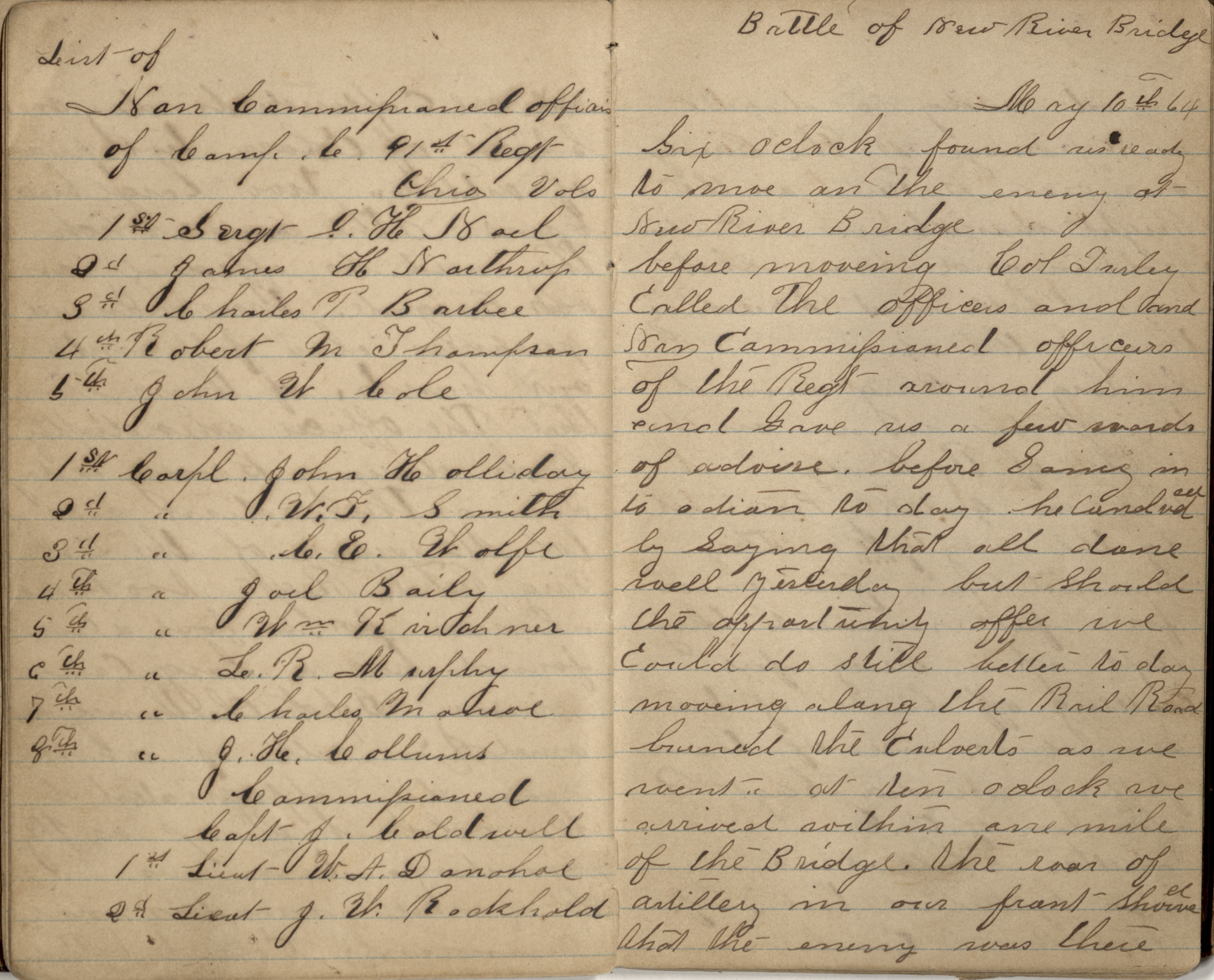
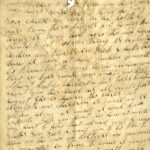
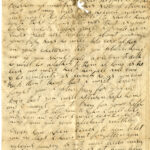
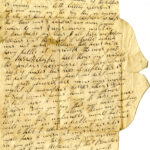
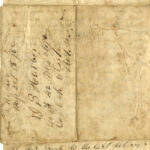
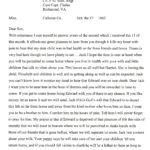
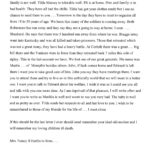
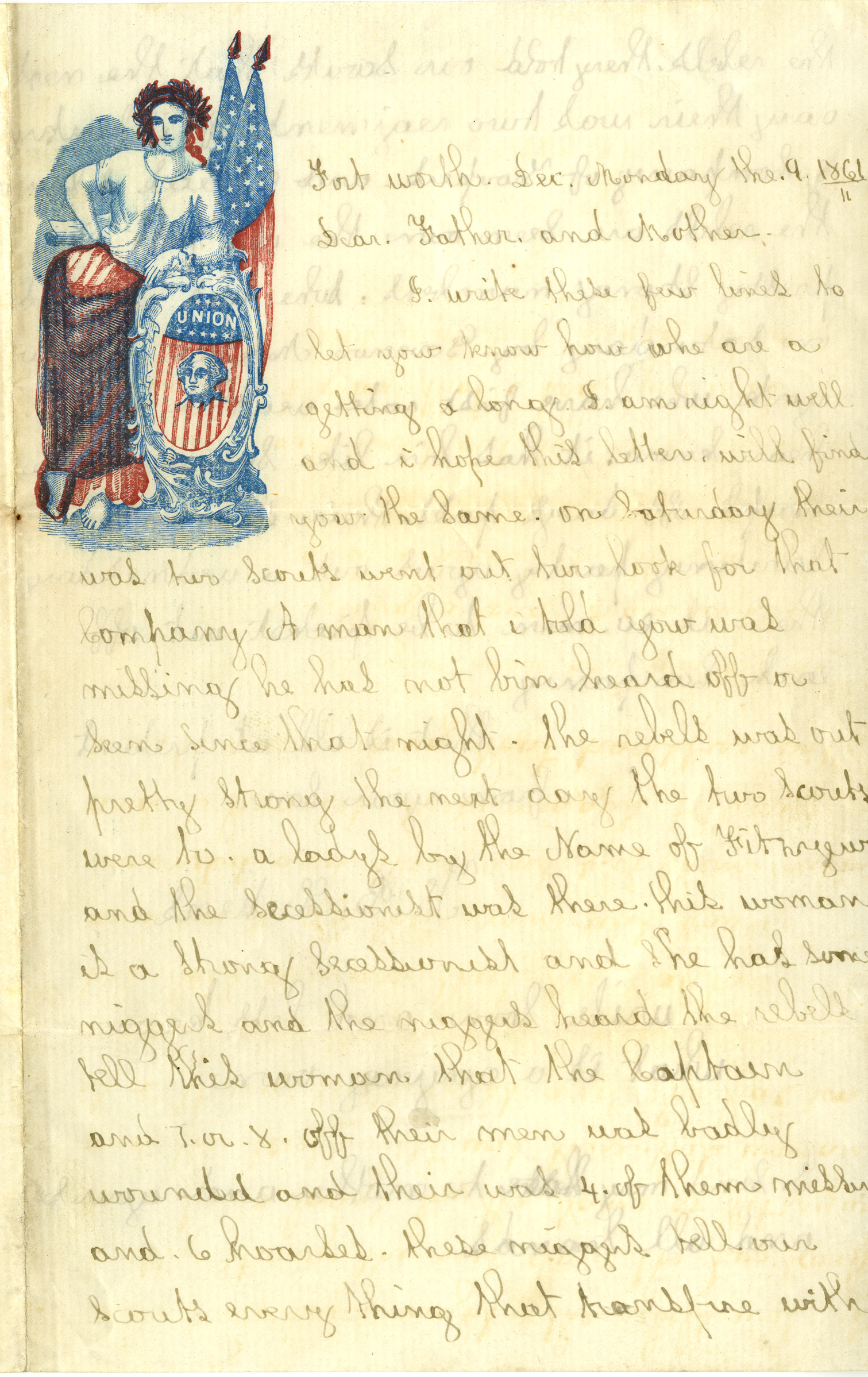
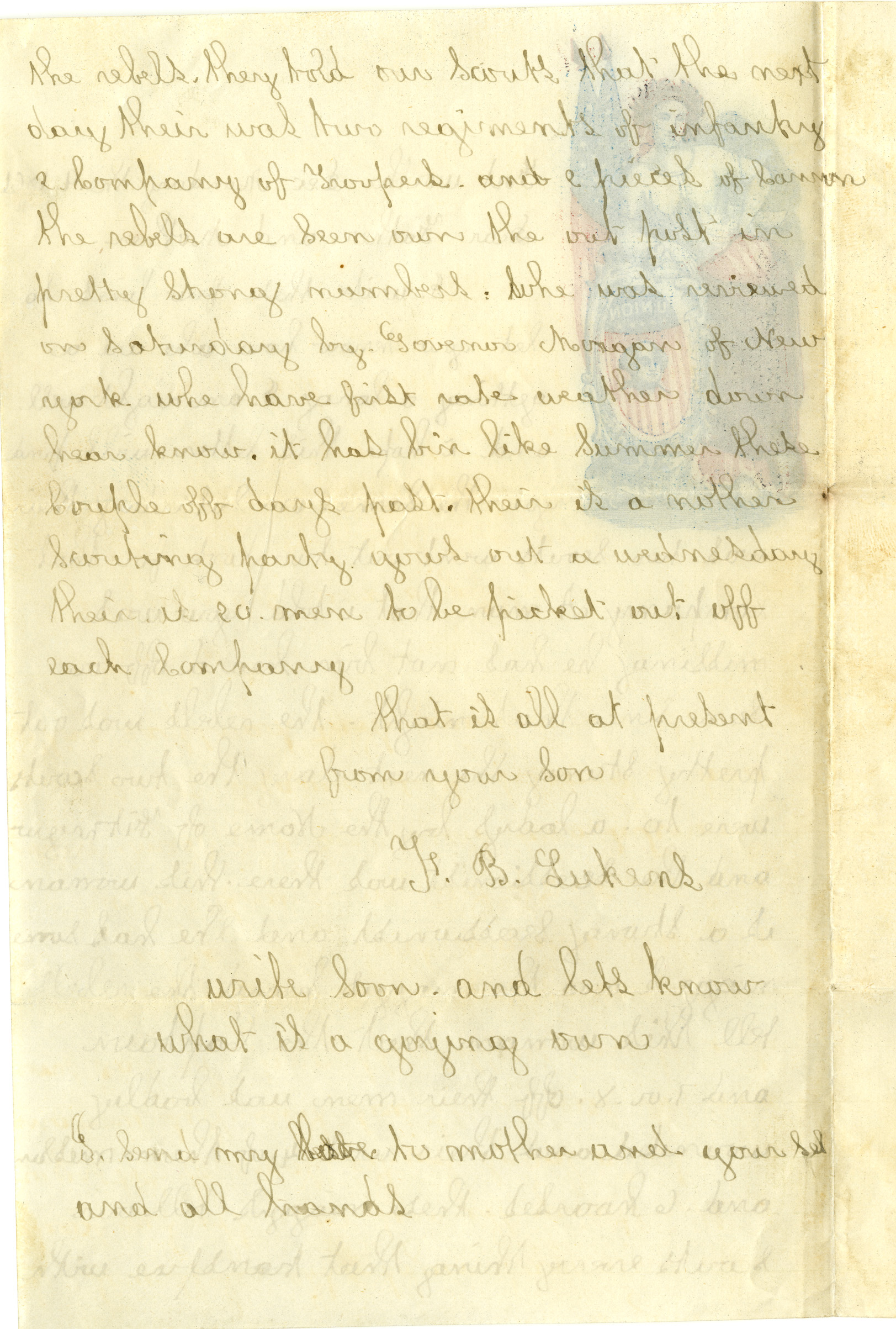

![Typical of the writer's charges against Grant is this passage, in which he charges Grant with absenting himself from his duties: "Grant, as usual, did nothing and saw nothing. . , as he was more comfortable at his head-quarters. . . he left his troops for pure Havans and champaign [sic], the green tree and delicious reveries in a recumbant [sic] position...](https://scuablog.lib.vt.edu/wp-content/uploads/2013/08/butler002.jpg?w=238)